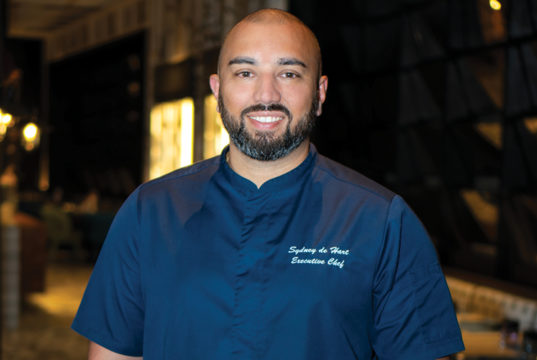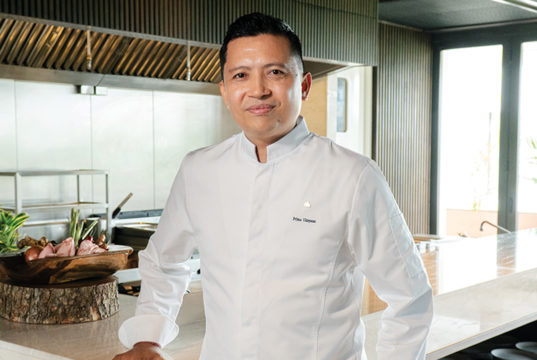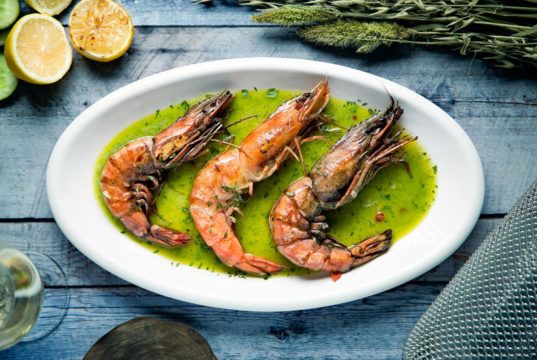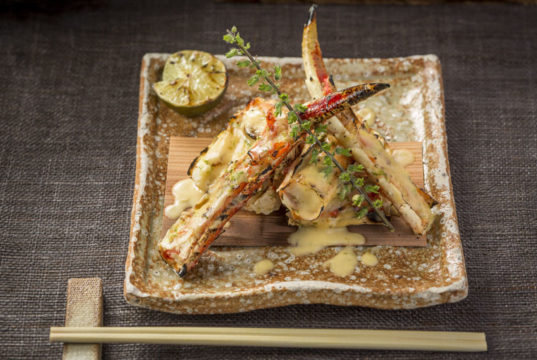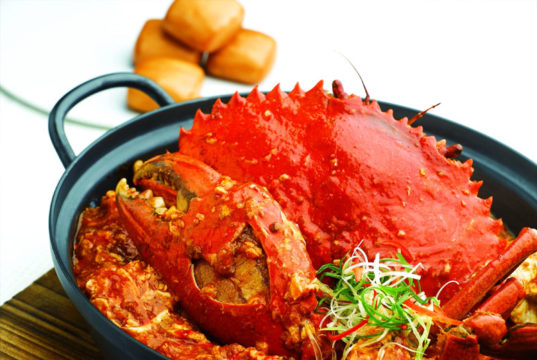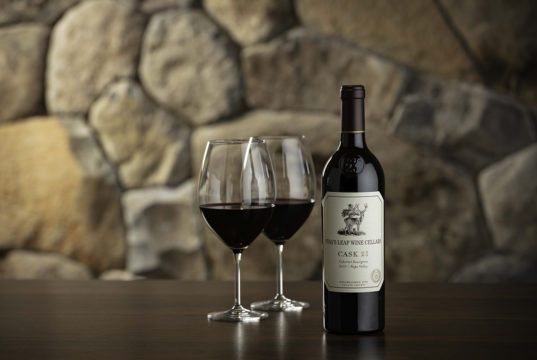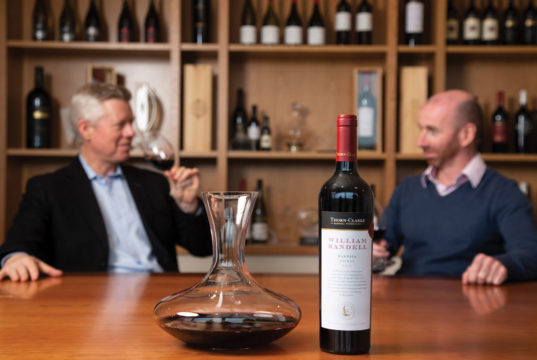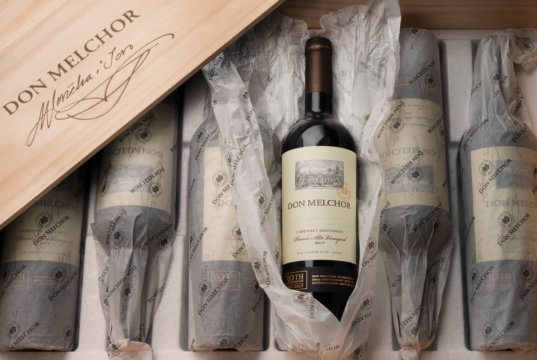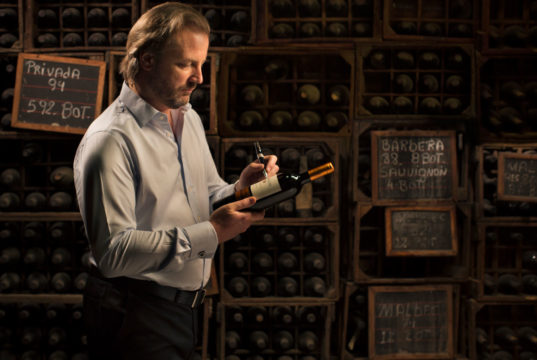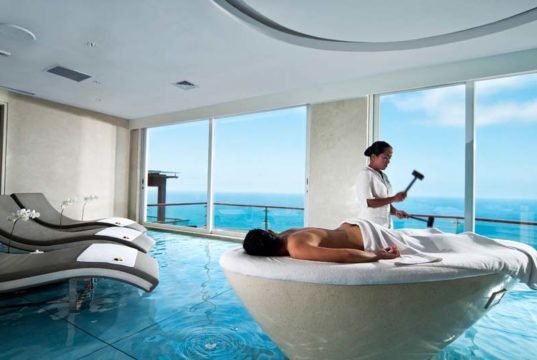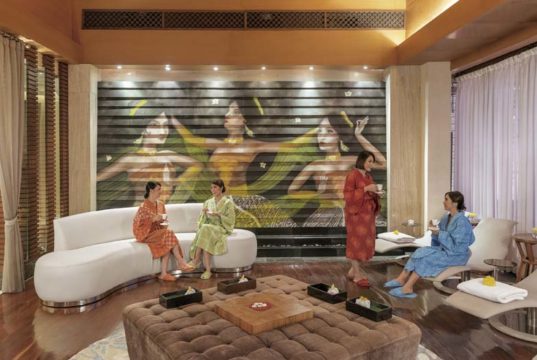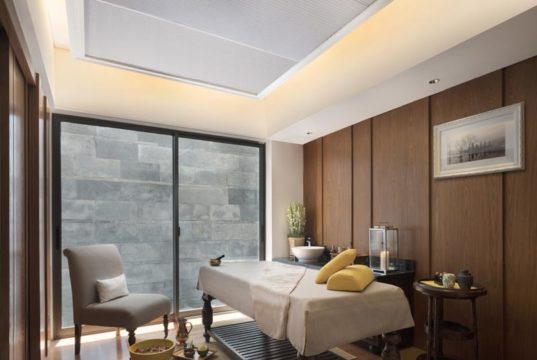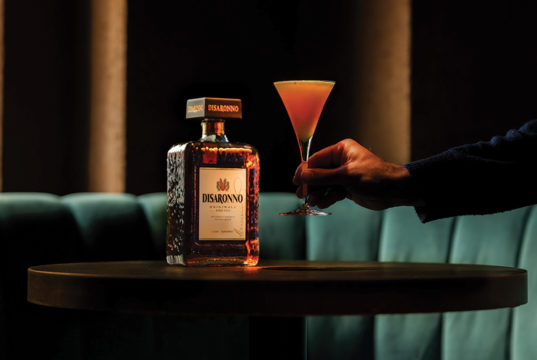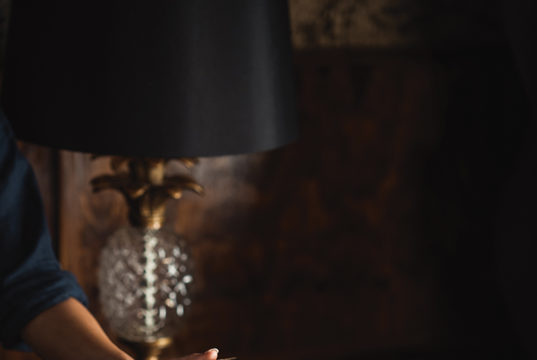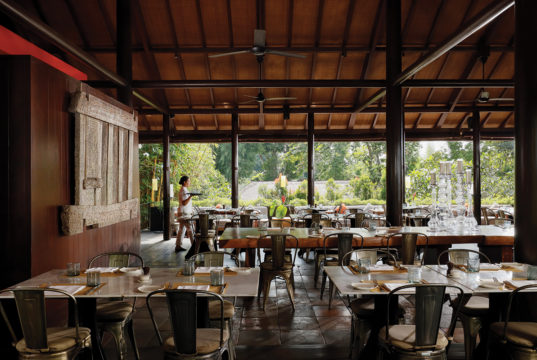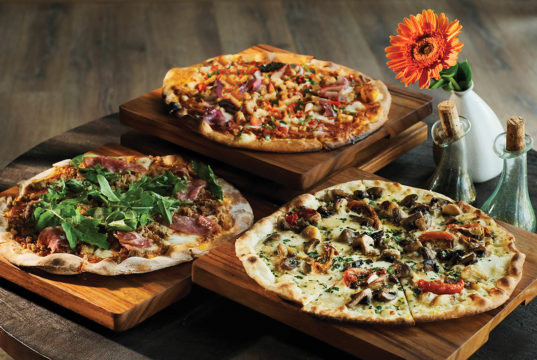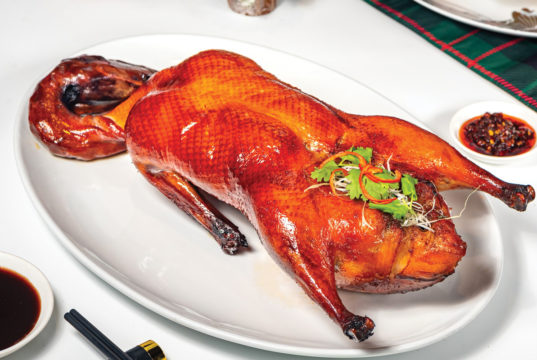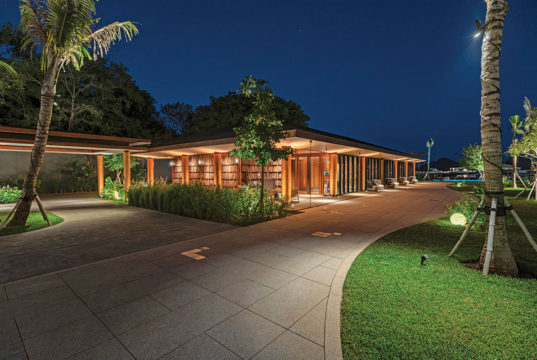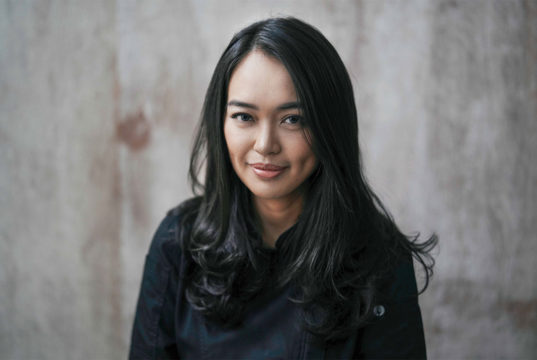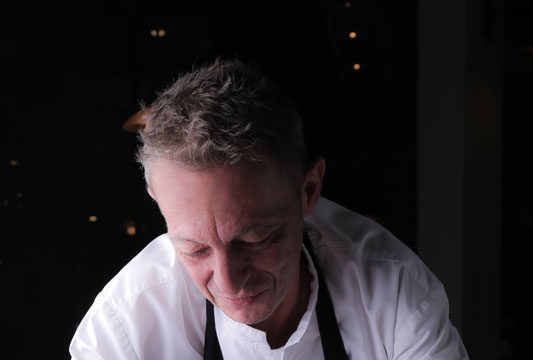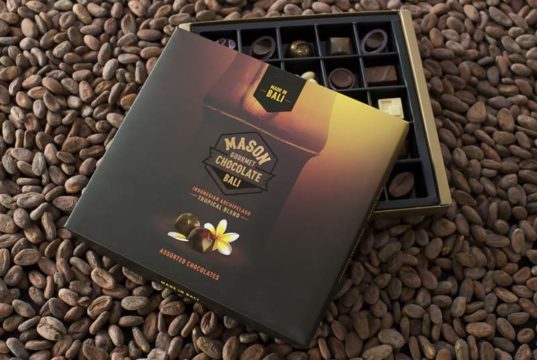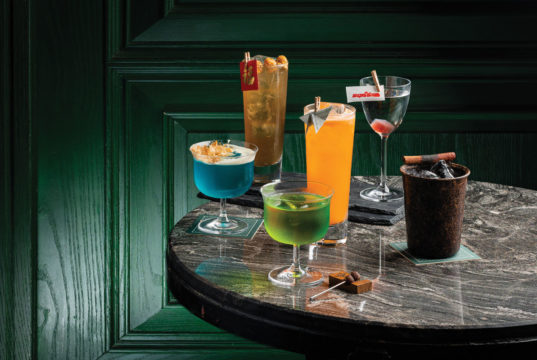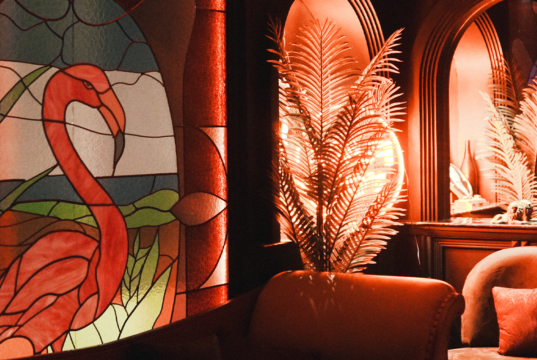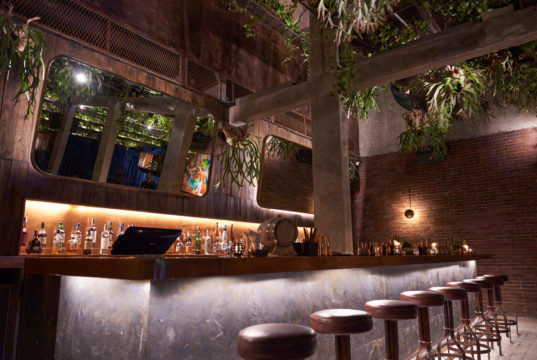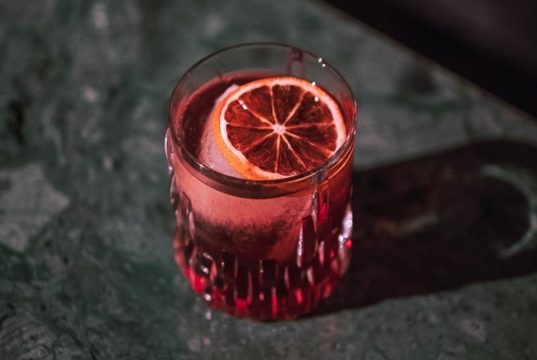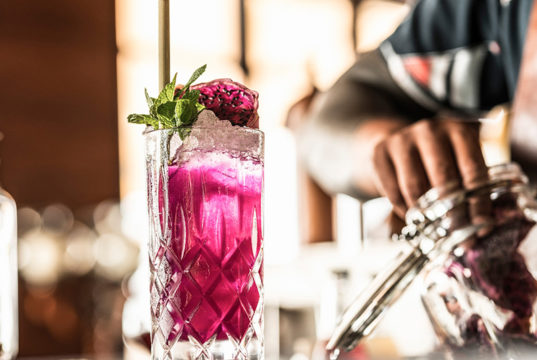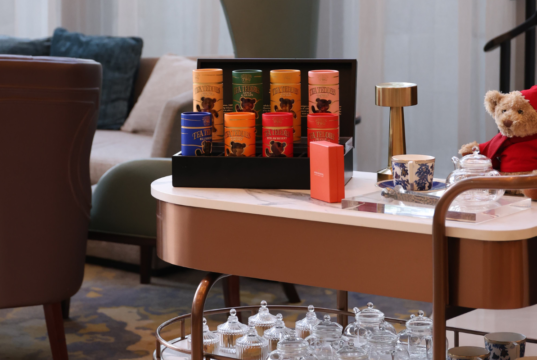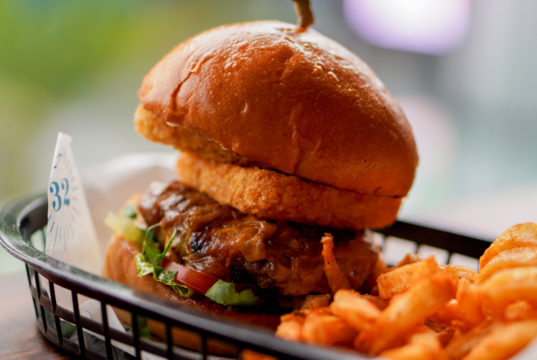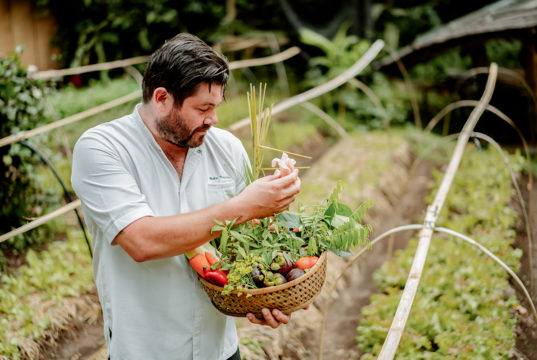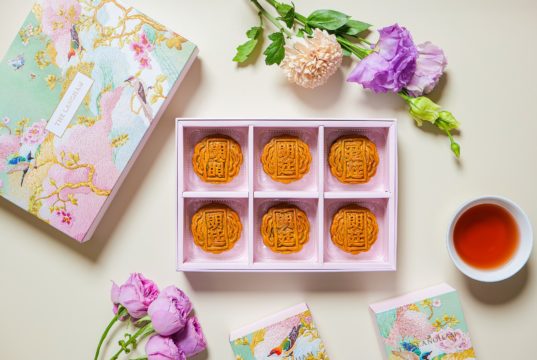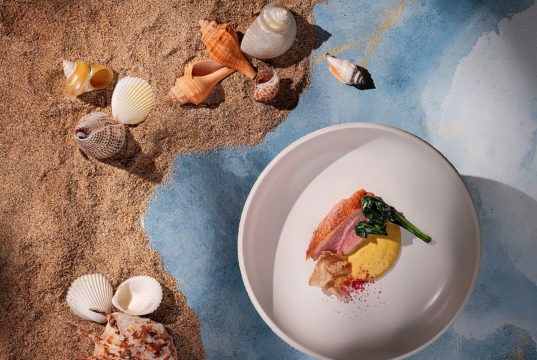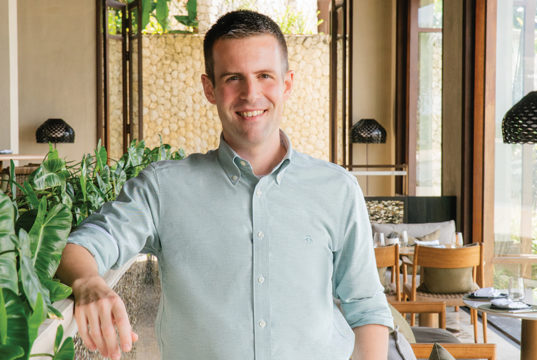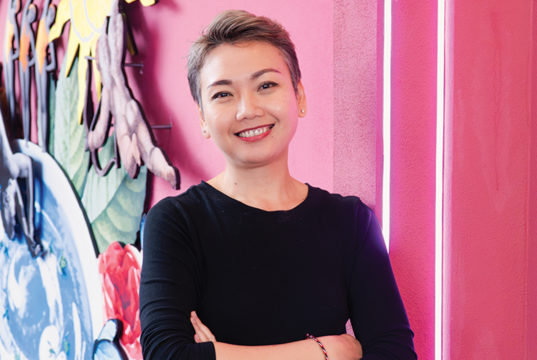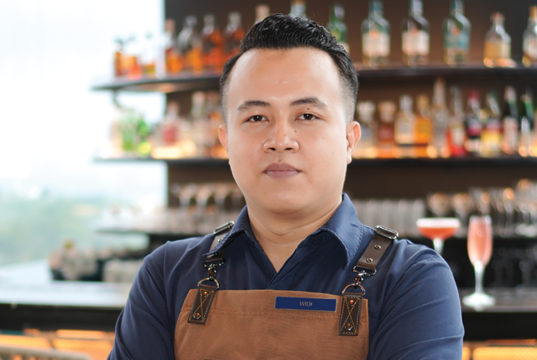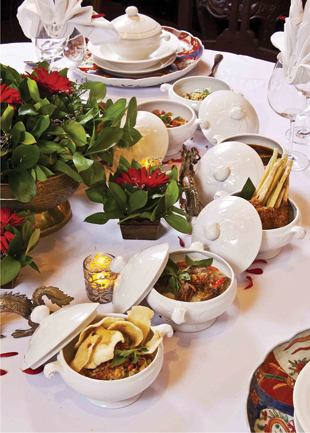A Historic Dining Experience
With Tugu Kunstkring Paleis, the Tugu Group has taken one of Jakarta’s most beautiful colonial buildings and turned it into a must-visit destination for lovers of fine art and fine food.
One of the few well-preserved historical buildings in Central Jakarta is Bataviasche Kunstkring, which opened in 1914. The grand monument to Dutch-Indonesian design originally housed the Fine Arts Circle of the Dutch East Indies, a group dedicated to the promotion of arts from the region. It served as an exhibition space that, at various times, displayed pieces from masters like Picasso and Van Gogh. For many years, it also functioned as a government immigration building.
In April of this year, Bataviasche Kunstkring reopened with a new name and new purpose, one that brings it back to its original mission as an art and exhibition space, while also serving as a gorgeous restaurant with an emphasis on recreating historical dining experiences.
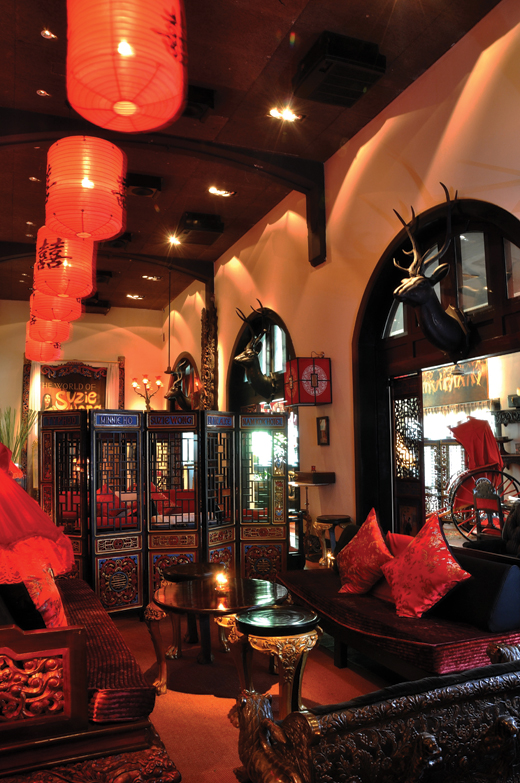
A Palatial Setting
The venue’s new name, Tugu Kunstkring Paleis, is a most appropriate moniker for the completely renovated interior, filled with art, antiques and custom furnishing that give it a sweepingly palatial feel. The new look comes from the Tugu Hotels & Restaurants Group, which also owns the legendary Lara Djonggrang, Dapur Babah, Samara and Shanghai Blue restaurants in Jakarta. Each of the group’s venues, as well as its hotels, feature stunning environments courtesy of the group’s owner, Anhar Setjadibrata, and the incomparable collection of Indonesian art and antiques that he has acquired over four decades.
Anhar is quite the artist in his own right, and his handiwork can be seen the second you enter the magnificent main dining room, a grand high-ceiling space named for Pangeran Diponegoro, a Javanese prince and one of the leaders of the resistance against the Dutch Colonialists. At the back of the room stands an immense 9 x 4 m painting, produced by Anhar himself, depicting the capture of Prince Diponegoro by the Dutch. It’s a singular work of art that reinforces the restaurant’s sense of history.
Dining here really does feel a bit like eating in a museum, though the friendly service and lively atmosphere make it much less pretentious than that may sound. The extensive menu is also museum quality, with a number of authentic Dutch dishes that were popular back in colonial times, as well as a selection of Indonesian and Western specialities.
In addition to the main dining room, there is also a separate bar area with a completely different feeling from the rest of the building. The “Suzie Wong Bar” named for an iconic character from the 1950s, features ornate red and black decor, as well as immense painted posters from the Suzie Wong movies. It’s a seductive space to sip on a few of the bar’s creative cocktails.
The Grand Rice Table
But let’s get back to the dining room for a moment, because that’s where diners can enjoy one of the restaurant’s most unique offerings, the Grand Rijsttafel. Rijsttafel, which is Dutch for “rice table,” is a culinary tradition with an interesting origin. They were first held by Dutch plantation lords in the early 1900s when they hosted honoured guests. The idea was to create an impressive parade of numerous dishes showcasing the variety and richness of Indonesian cuisine. Rijsttafels can be found in Indonesian restaurants in other countries, especially the Netherlands, but are rare in Indonesia. This tradition is maintained at Tugu properties, however, and the one at Tugu Kunstkring Paleis is particularly impressive as it utilises dishes from Betawi cuisine (the Betawi being the original inhabitants of Jakarta).
The Grand Rijsttafel includes not just great food but a charming performance aspect as well (you need to order at least a day in advance, due to all the preparation and planning required). When the meal is ready, a procession of servers, dressed up in authentic colonial-style clothing from the 1910s, bring your dishes out while dancing to traditional Betawi music. There is a server for each dish on the Rijsttafel menu, who go about serving guests one-by-one. It’s an extravagant experience that does indeed recall the romance of that bygone era. Plus the dishes, such as meltingly tender beef tongue, minced chicken sate, crispy shrimp in a curry sauce, and many more, are all excellent in their own right.
The venue also includes a lovely gallery/shop on the first floor featuring an eclectic selection of artwork, jewellery, and other design items. A spacious exhibition space on the second floor offers monthly shows by respected local and international artists. There is also a cute colonial style coffeeshop/bakery attached to the building, which is an ideal place to enjoy a cup of Javanese Coffee after taking in the exhibitions.
While Jakarta is still lacking a truly world-class art and history museum, Tugu Kunstkring Paleis offers the next best thing, with a dining experience that lives up to the grandeur of its historical setting.
(www.tuguhotels.com/restaurants/jakarta/kunstkring)




